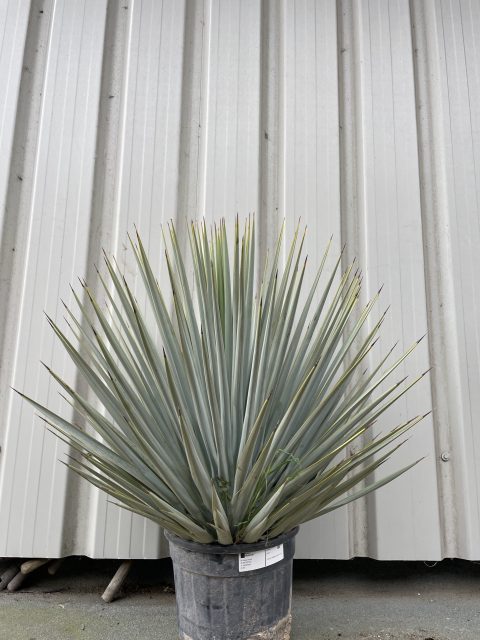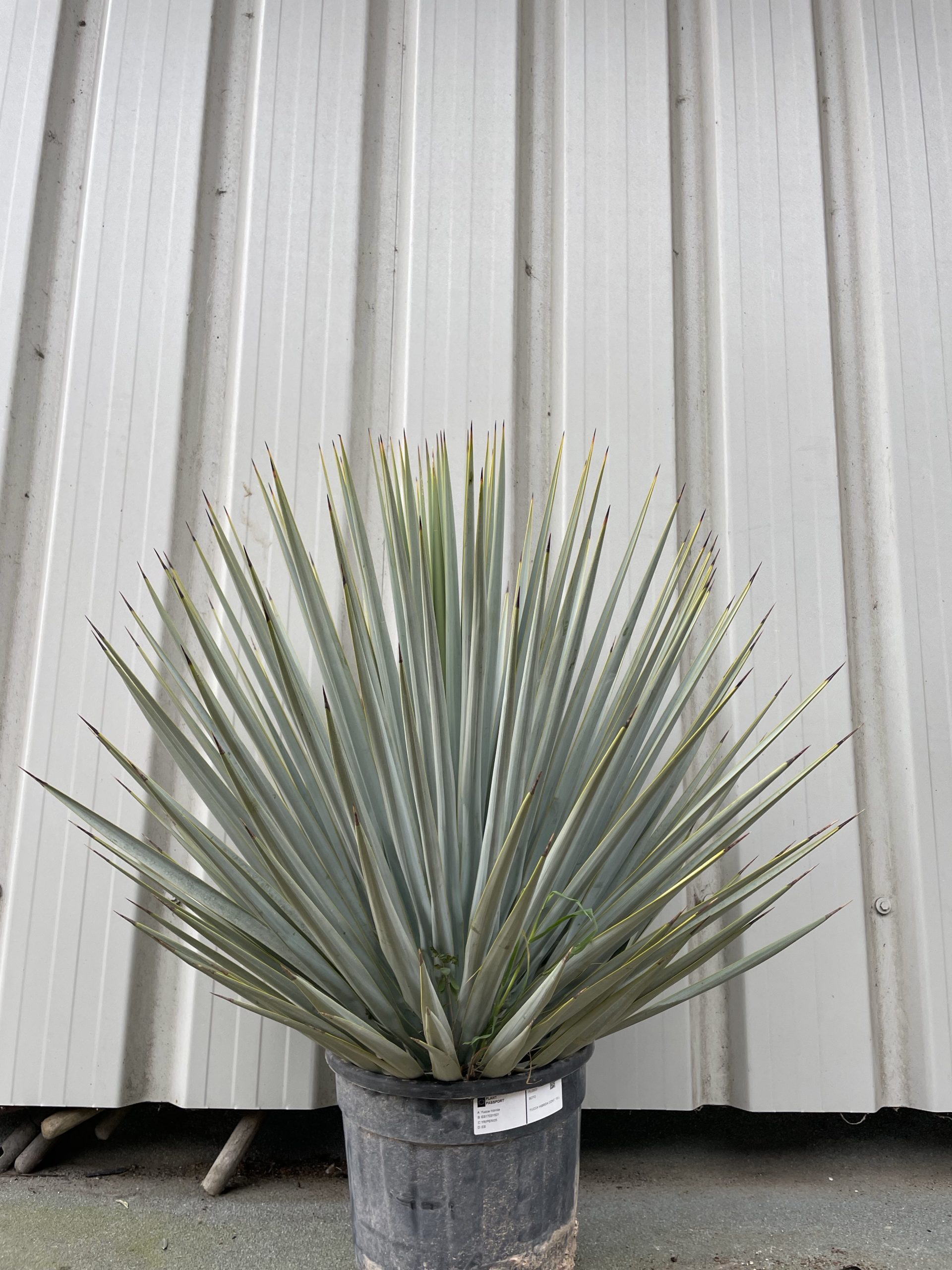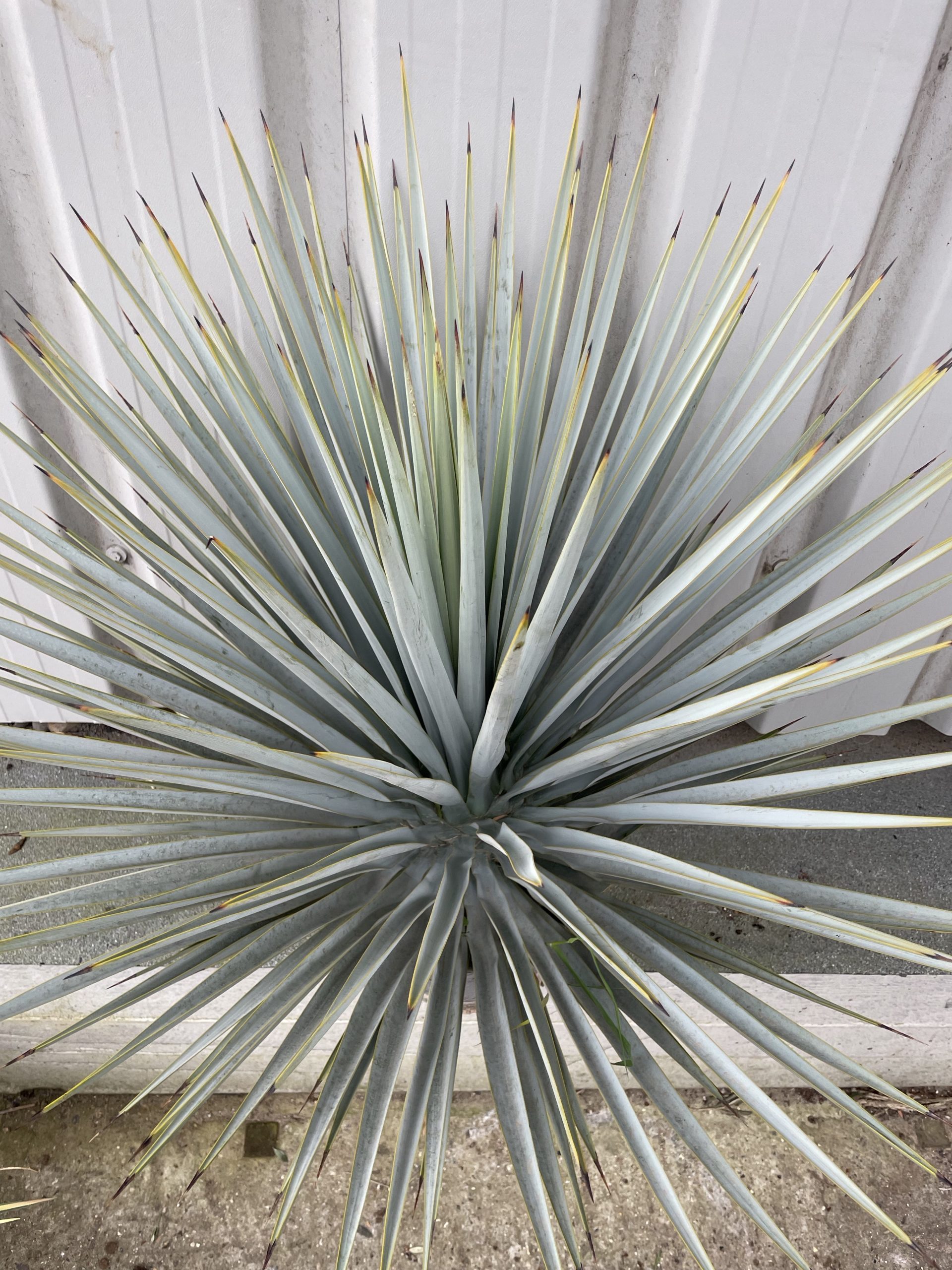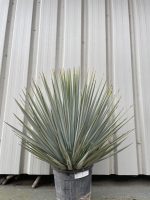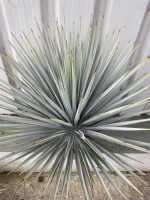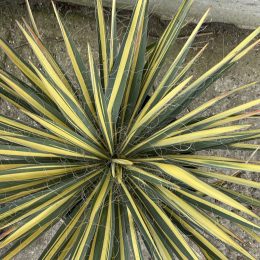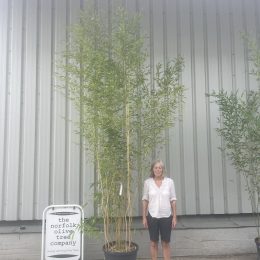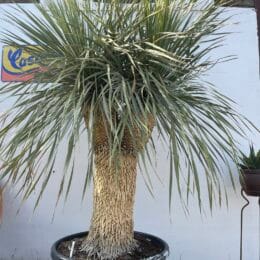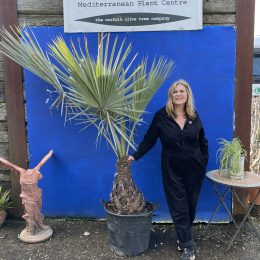Yucca Thompsoniana – Free delivery.
Measurements
90 centimetres including pot approximately
Pot size 35cm by 25cm.
Also known as beaked yucca, they are very hardy and tolerate very cold U.K winters. Very similar to Yucca Rostrata with slightly broader and more rigid leaves.
A Xeric loving plant, they prefer to be kept dry but will cope with cold and wet. They can cope with temperatures down to -20 to -25.
They will grow to form a stem and often branch into multi-headed specimens.

